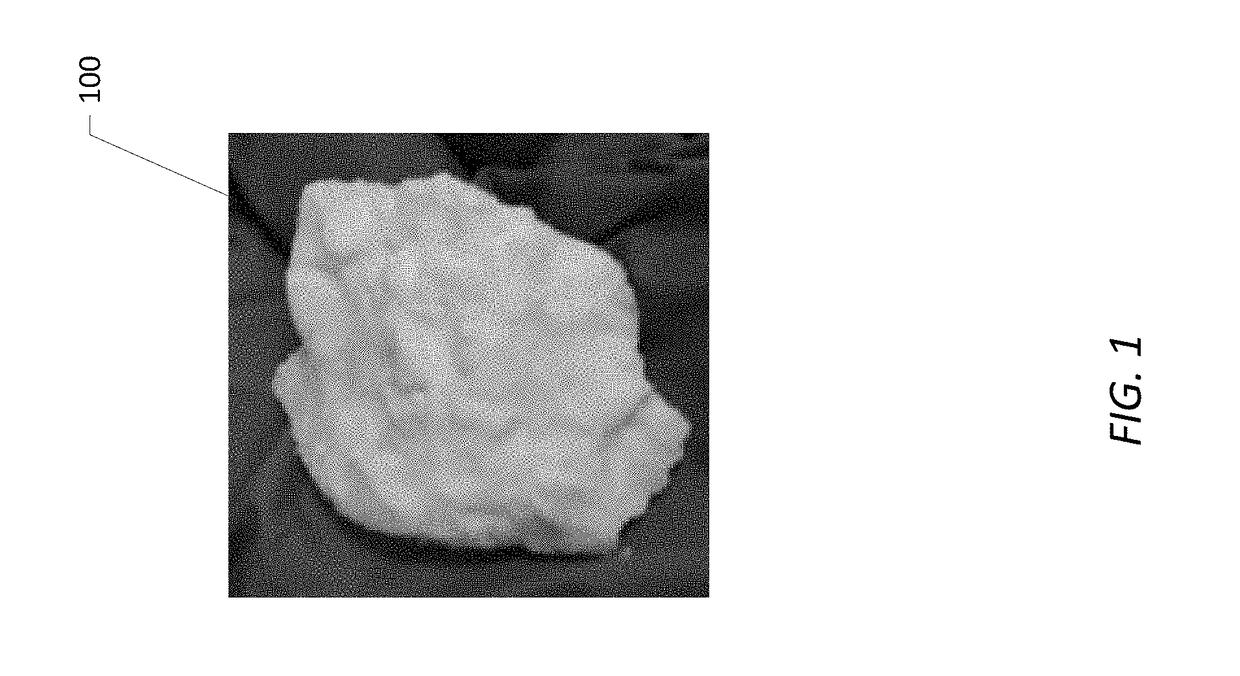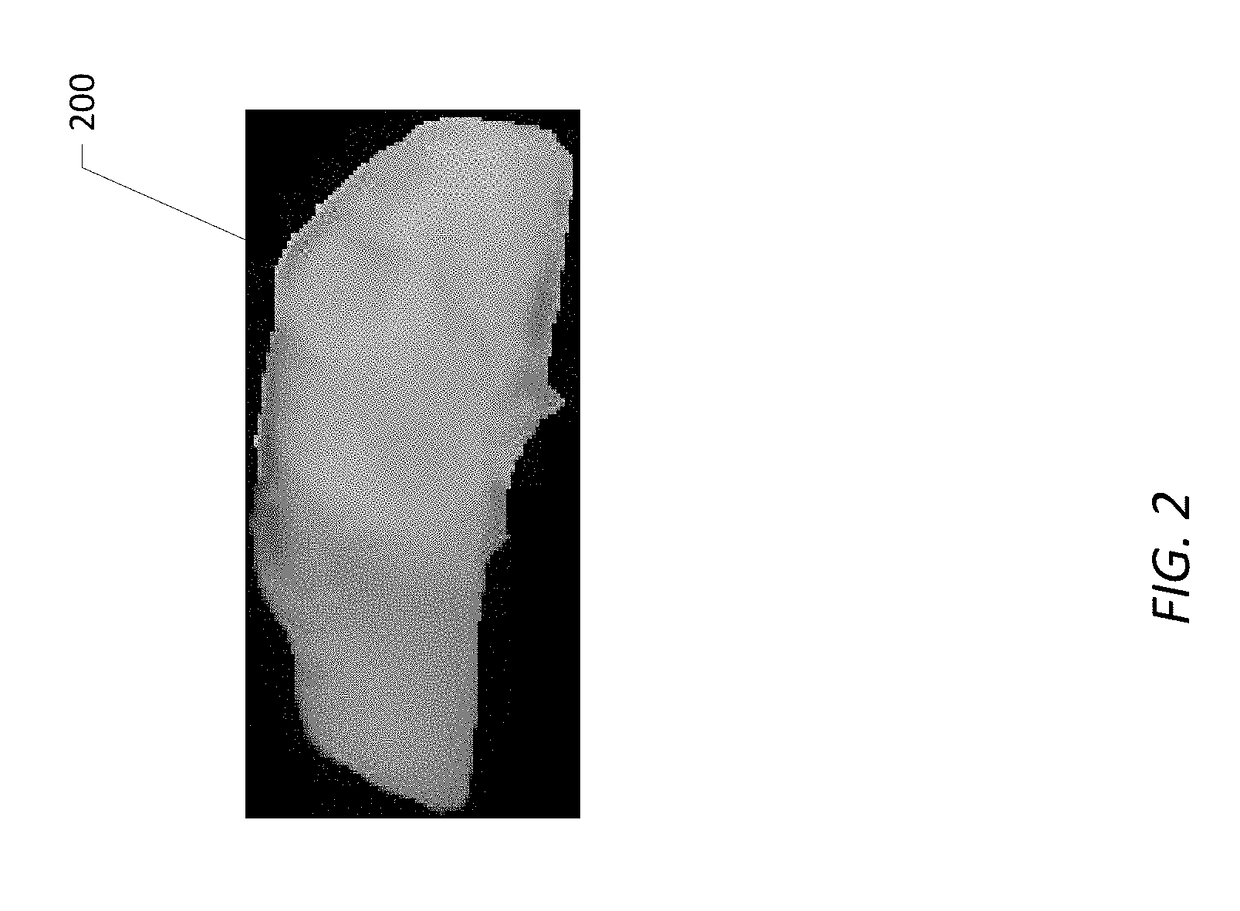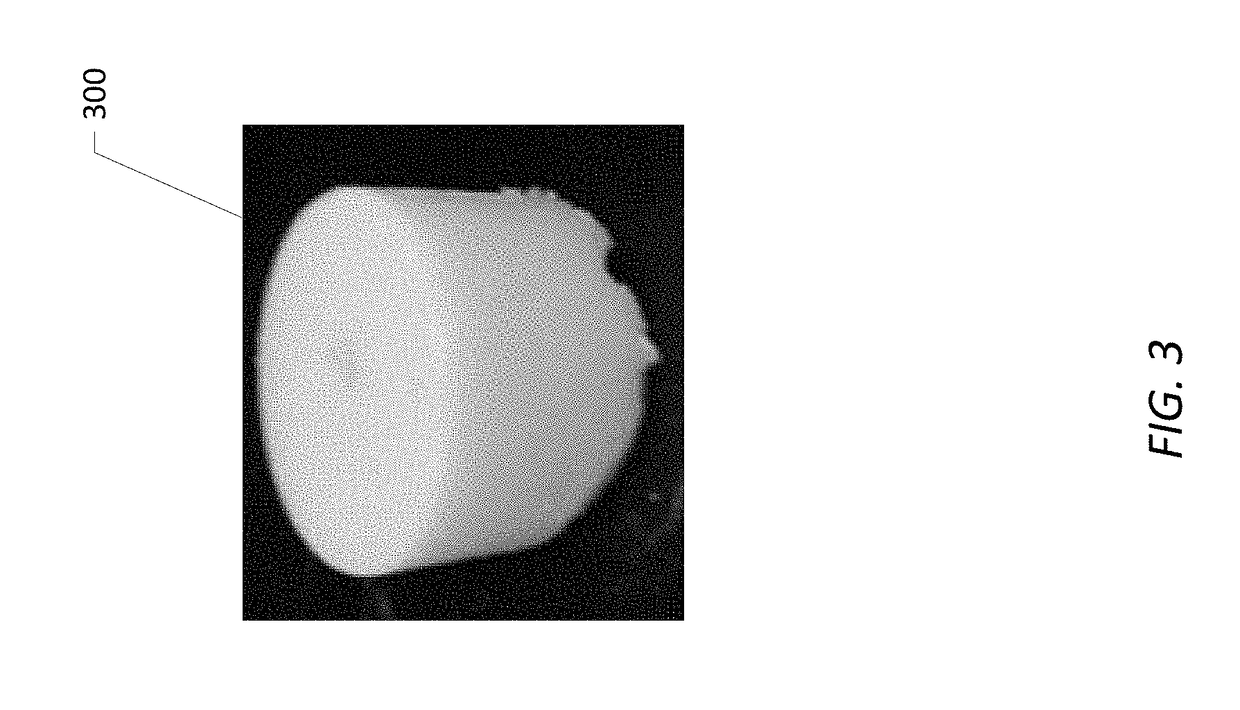Nanosilica dispersion well treatment fluid
a technology of dispersed wells and fluids, which is applied in the direction of sealing/packing, chemistry apparatus and processes, and wellbore/well accessories. it can solve the problems of fluid loss to the subterranean formation of fluids used in drilling, completion or servicing of wellbores, and the service provided by such fluids is more difficult or costly to achieve. it reduces the overall yield of hydrocarbons, reduces the permeability of the subterranean formation, and reduces the overall yield of hydrocarbon
- Summary
- Abstract
- Description
- Claims
- Application Information
AI Technical Summary
Benefits of technology
Problems solved by technology
Method used
Image
Examples
examples
[0047]The following examples are included to demonstrate embodiments of the disclosure. It should be appreciated by those of skill in the art that the techniques and compositions disclosed in the example which follows represents techniques and compositions discovered to function well in the practice of the disclosure, and thus can be considered to constitute modes for its practice. However, those of skill in the art should, in light of the present disclosure, appreciate that many changes can be made in the specific embodiments which are disclosed and still obtain a like or a similar result without departing from the spirit and scope of the disclosure
[0048]The following non-limiting example of an acidic nanosilica dispersion was tested in combination with calcium carbonate to simulate the contact of the nanosilica dispersion when pumped into a carbonate formation.
[0049]The acidic nanosilica dispersion used was IDISIL® LPH 35 manufactured by Evonik Corporation of Parsippany, N.J., USA...
PUM
| Property | Measurement | Unit |
|---|---|---|
| viscosity | aaaaa | aaaaa |
| specific gravity | aaaaa | aaaaa |
| temperatures | aaaaa | aaaaa |
Abstract
Description
Claims
Application Information
 Login to View More
Login to View More - R&D
- Intellectual Property
- Life Sciences
- Materials
- Tech Scout
- Unparalleled Data Quality
- Higher Quality Content
- 60% Fewer Hallucinations
Browse by: Latest US Patents, China's latest patents, Technical Efficacy Thesaurus, Application Domain, Technology Topic, Popular Technical Reports.
© 2025 PatSnap. All rights reserved.Legal|Privacy policy|Modern Slavery Act Transparency Statement|Sitemap|About US| Contact US: help@patsnap.com



